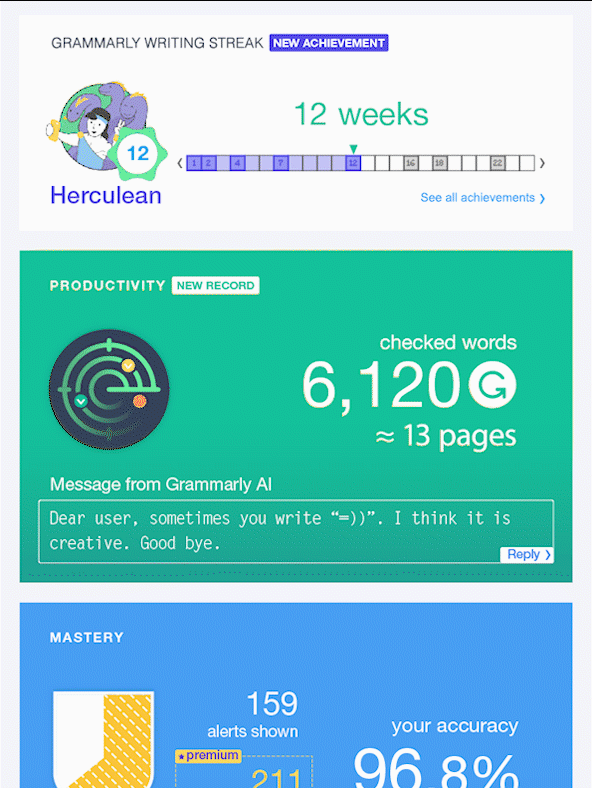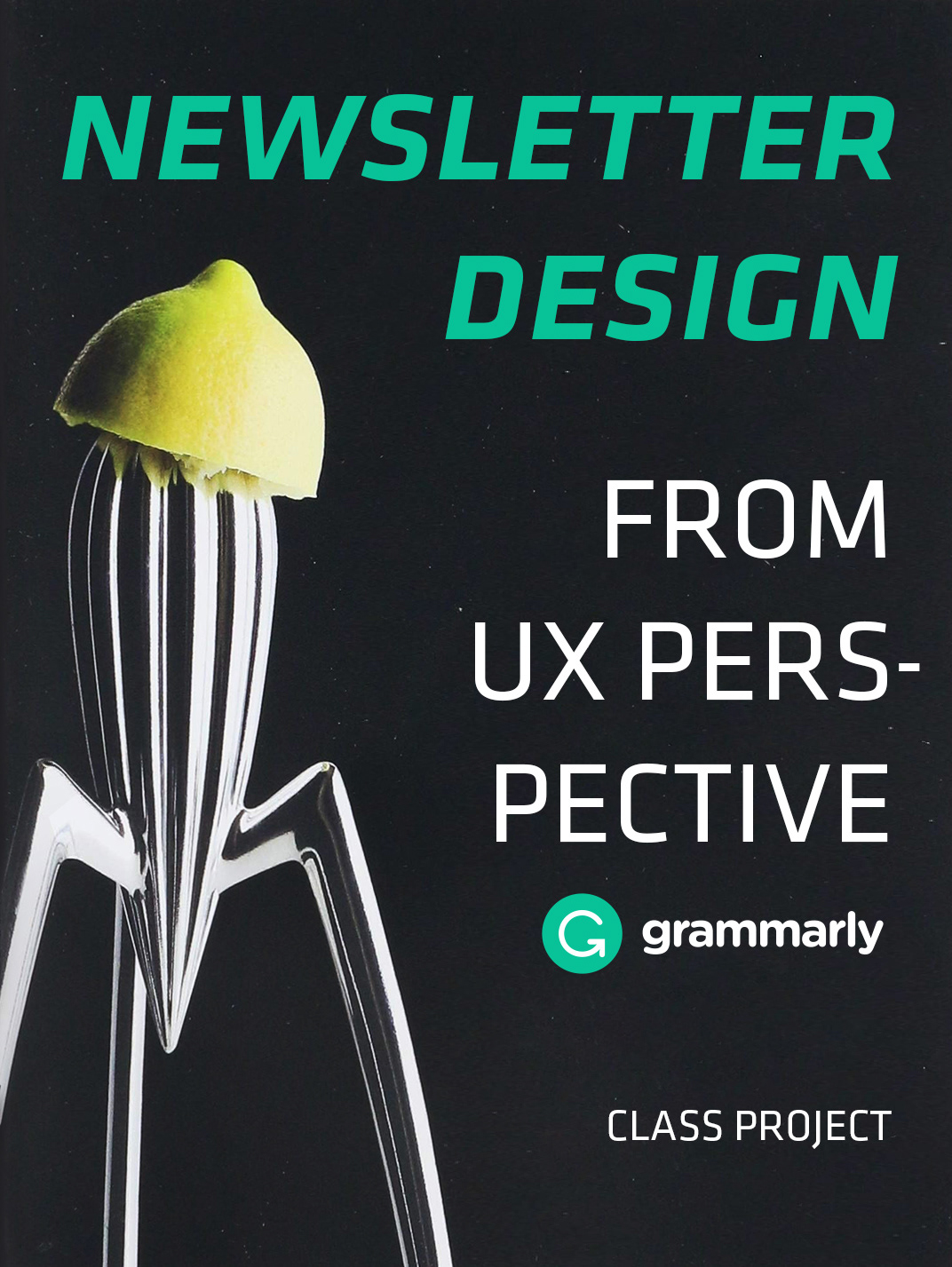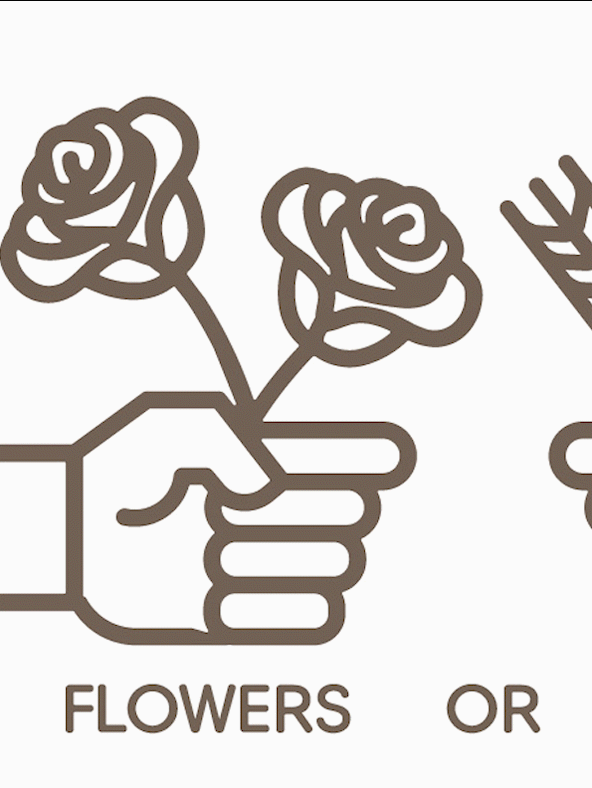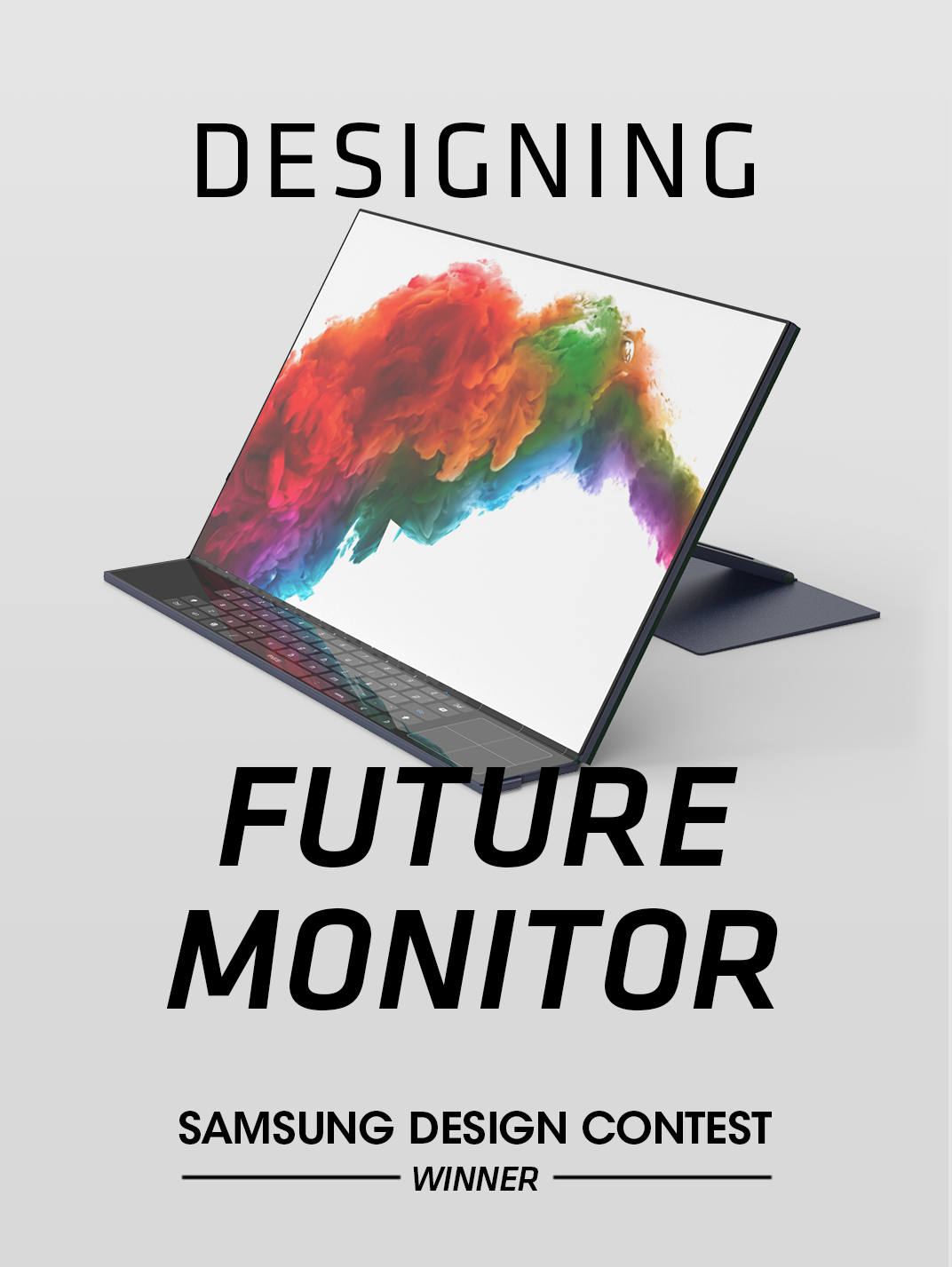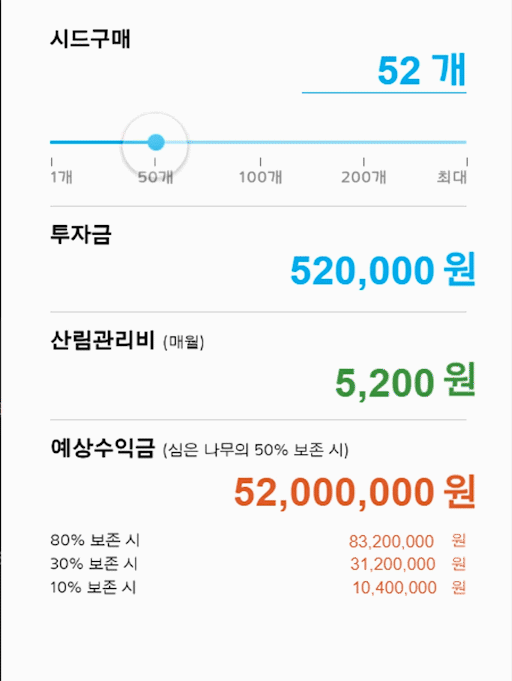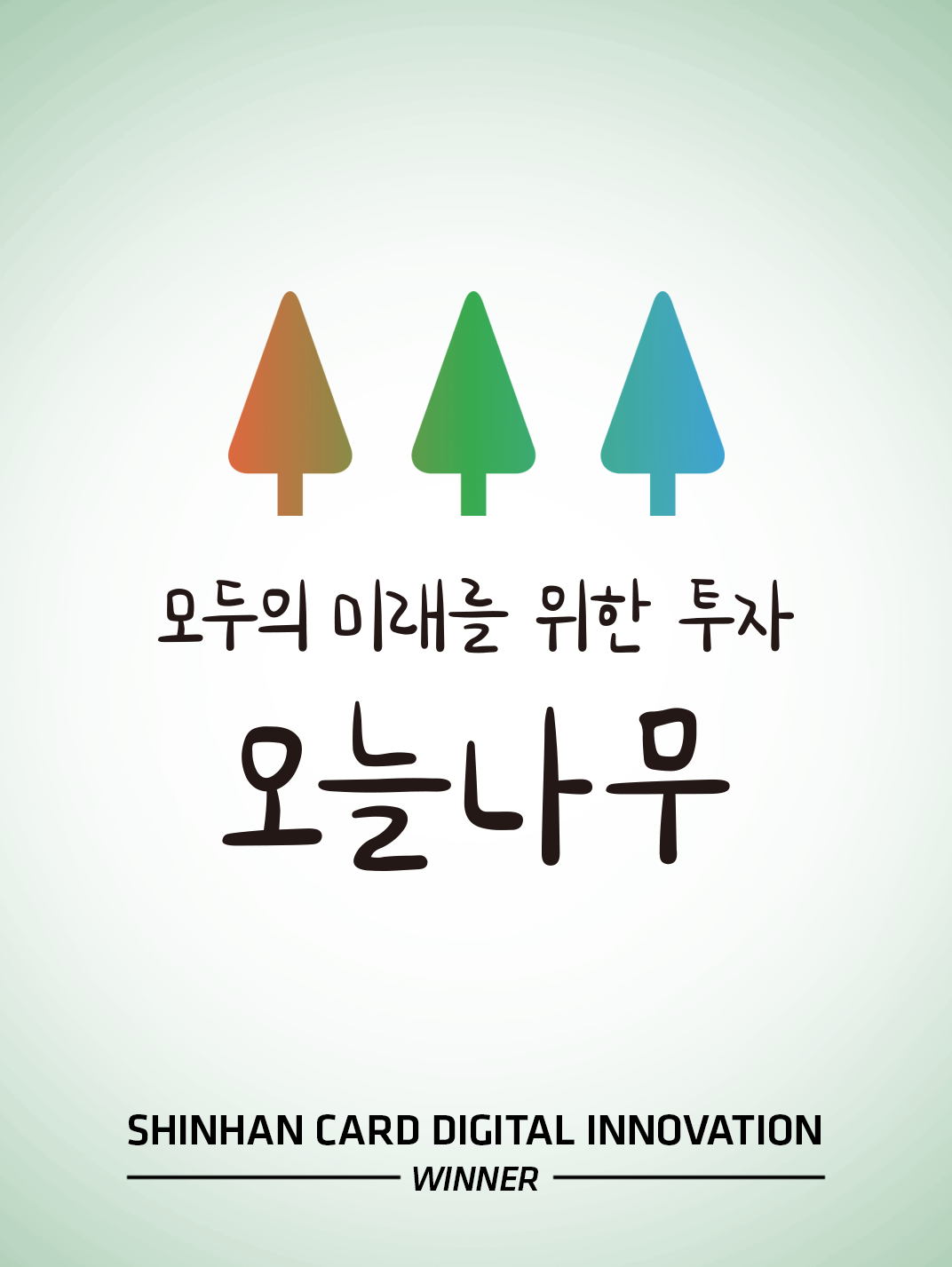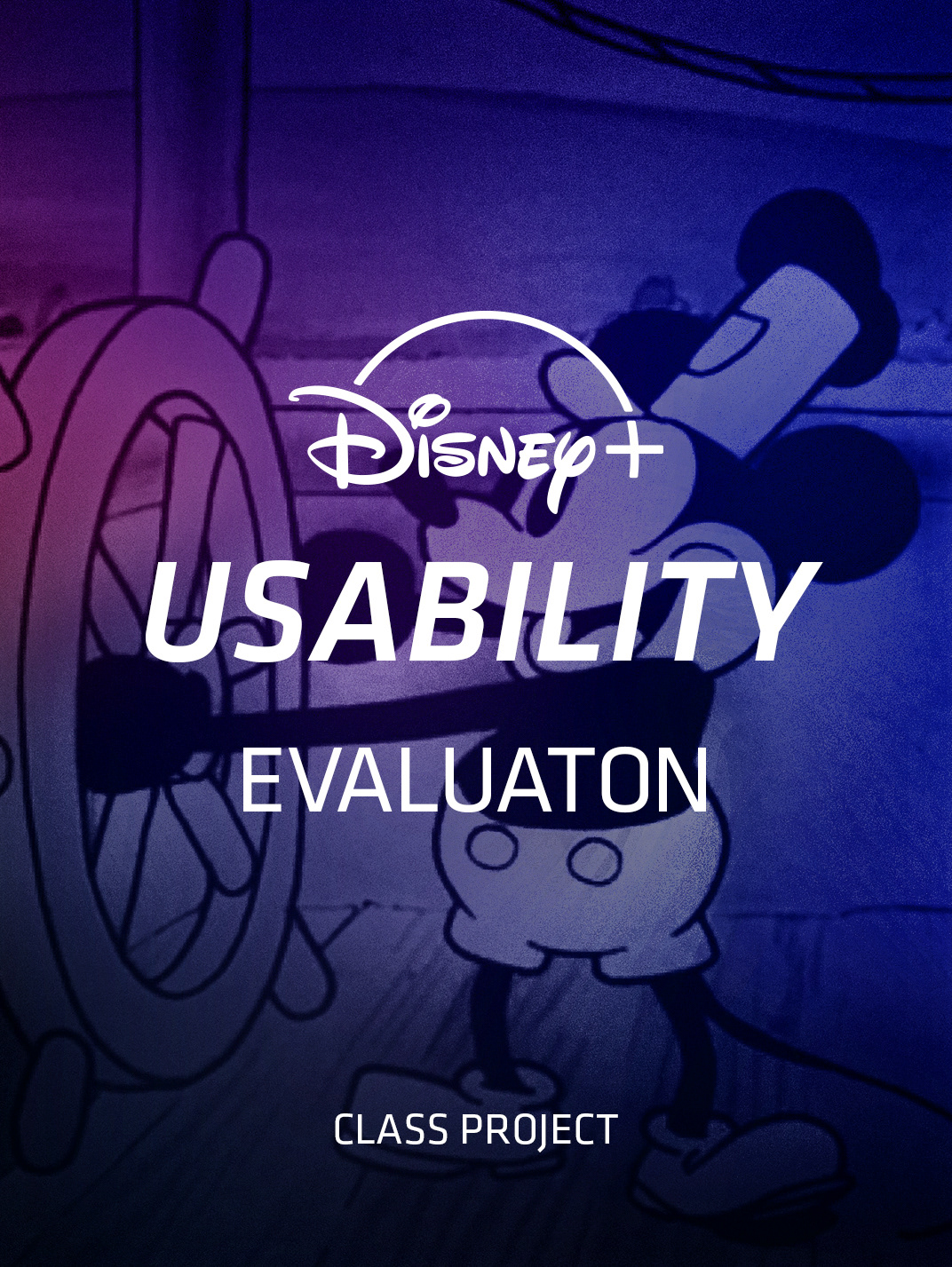Evolution of the Monitors
Monitors are getting larger, thinner and curvier with more pixels in it.
How will monitors look like in the future?
Here's our version.
Introduction
This is a project designing a monitor for the contest held by Samsung Electronics.
Goal
The goal of the project is to explore new ideas that can be implemented to monitors, to meet consumers' needs and desires. Yoojin's role in this project is to study how users interact with monitors and smart devices to find pain points with the existing monitors and spot insights that can be implemented into the product.
Scope
Product: consumer monitors primarily connected to PC.
User Research: interaction with smart devices(including monitors) at home.
User Research: interaction with smart devices(including monitors) at home.
Project Team "Double Shot Latte"
trends and technology
People work from home. With the remote work becoming a new normal, the demand for technology for remote collaboration is on its rise.
People use laptops at home. The shipment ratio of desktop and laptops in the private sector was 2:8 in 2019.
Advancement of Smartphones. Smartphones now can legitimately be called computers, their processing power can afford all the basic operations that can be done on a PC.
Reference: IDC
User Research
Probing users' space
To immerse into the users' context of the use of monitors and PCs the UX research team collected pictures of users' desks(or other places) where they primarily use computers. Yoojin and Jiyeon collected pictures from 29 users. The target group was people in 20-30.
Probe Results.
· Desktop PC: 12
Single screen: 8
Dual screen: 4
Single screen: 8
Dual screen: 4
· Laptop PC: 17
Single screen: 9
Dual screen: 8
Single screen: 9
Dual screen: 8

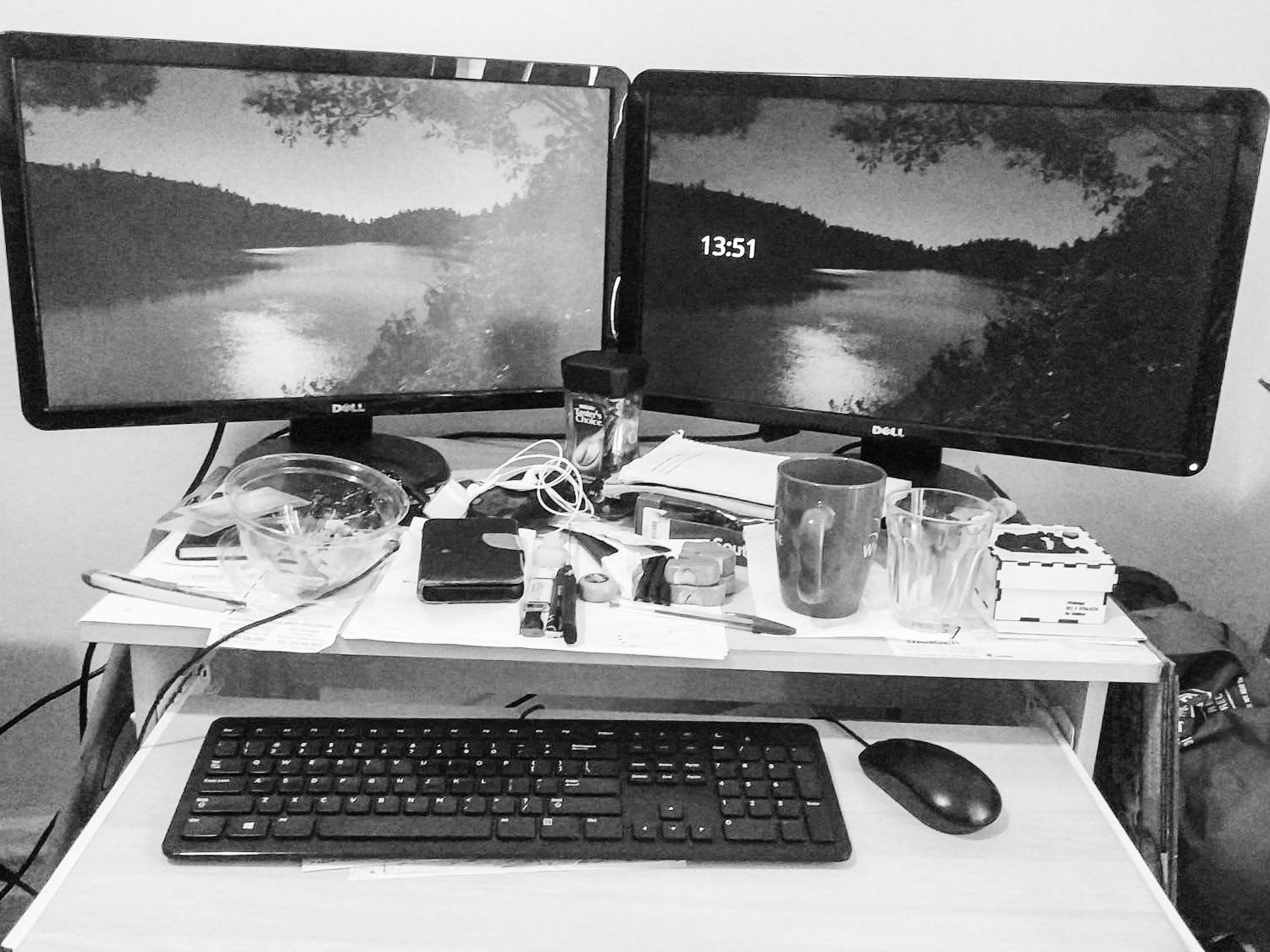

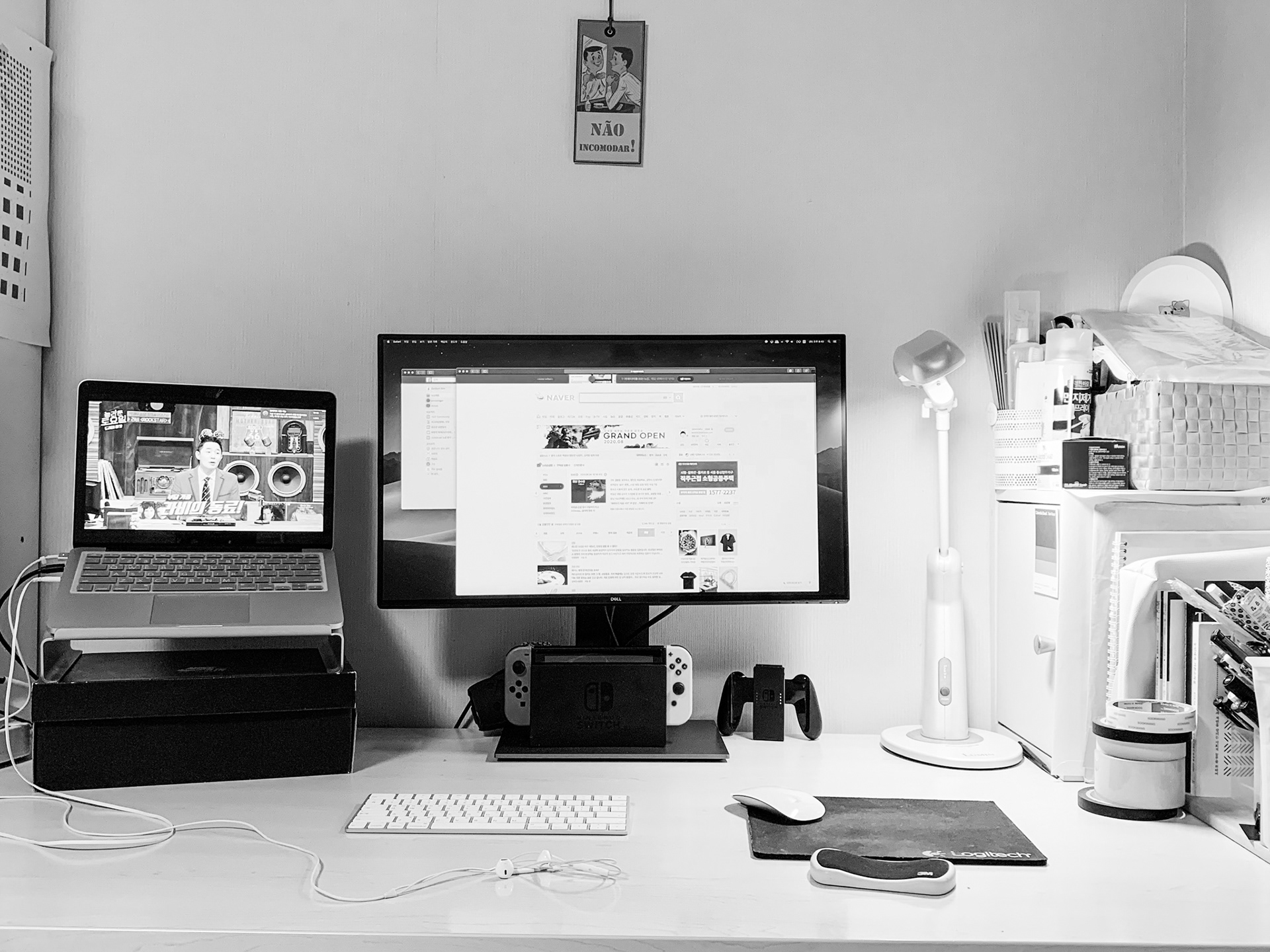
Insights
Desk
The probes showed that many users do various activities besides traditional "desk jobs". Users drink and eat in front of their desk, do makeup, play instruments, etc.
The probes showed that many users do various activities besides traditional "desk jobs". Users drink and eat in front of their desk, do makeup, play instruments, etc.
Extra efforts needed for aligning laptops with monitors.
Among laptop users, half of them used additional monitors and it took additional efforts for laptop users to arrange comfortably two screens. They used laptop stands or books to align monitors and some users used Bluetooth keyboards since the laptop was not in a comfortable for typing position.
Among laptop users, half of them used additional monitors and it took additional efforts for laptop users to arrange comfortably two screens. They used laptop stands or books to align monitors and some users used Bluetooth keyboards since the laptop was not in a comfortable for typing position.
Contextual Inquiry
The UX team conducted a contextual inquiry to explore how users interact with PC(including desktop, laptop, and smartphones) and how and when they use monitors. The goal of the study is to understand the ecosystem of electronic devices and to find new possible ways of interaction with monitors to create new experiences and add value to users.
User Segment: People in 20-30 using PC at home on a regular basis.
Total Users: 8
Laptop Users: 6(2 - dual monitor)
Desktop Users: 2(2 - dual monitor)
Total Users: 8
Laptop Users: 6(2 - dual monitor)
Desktop Users: 2(2 - dual monitor)
The detailed research plan can be downloaded by the link below.
Insights
"I turn on comedy shows on the background while I'm working"
Watching videos is one of the major activities done with home PC and users turn on video on the background while they do other activities like working, playing games, having a meal.
"I watch movies in my bed because I want to lie down"
When users do leisure activities such as watching a movie, shopping, browsing on the internet they want to do it in a comfortable, relaxed position. Many of users preferred doing it in bed.
Persona Creation & Journey Mapping
Yoojin and Jiyeon created personas basing on the contextual inquiry and considering the current trends such as increased remote collaboration, conference calls, online experiences. General guidelines for persona was a user who works at home either fully or partially and does creative activities using PC on leisure time.
Journey Map #1
Journey Map #2
Final Insights ⇒ Ideas
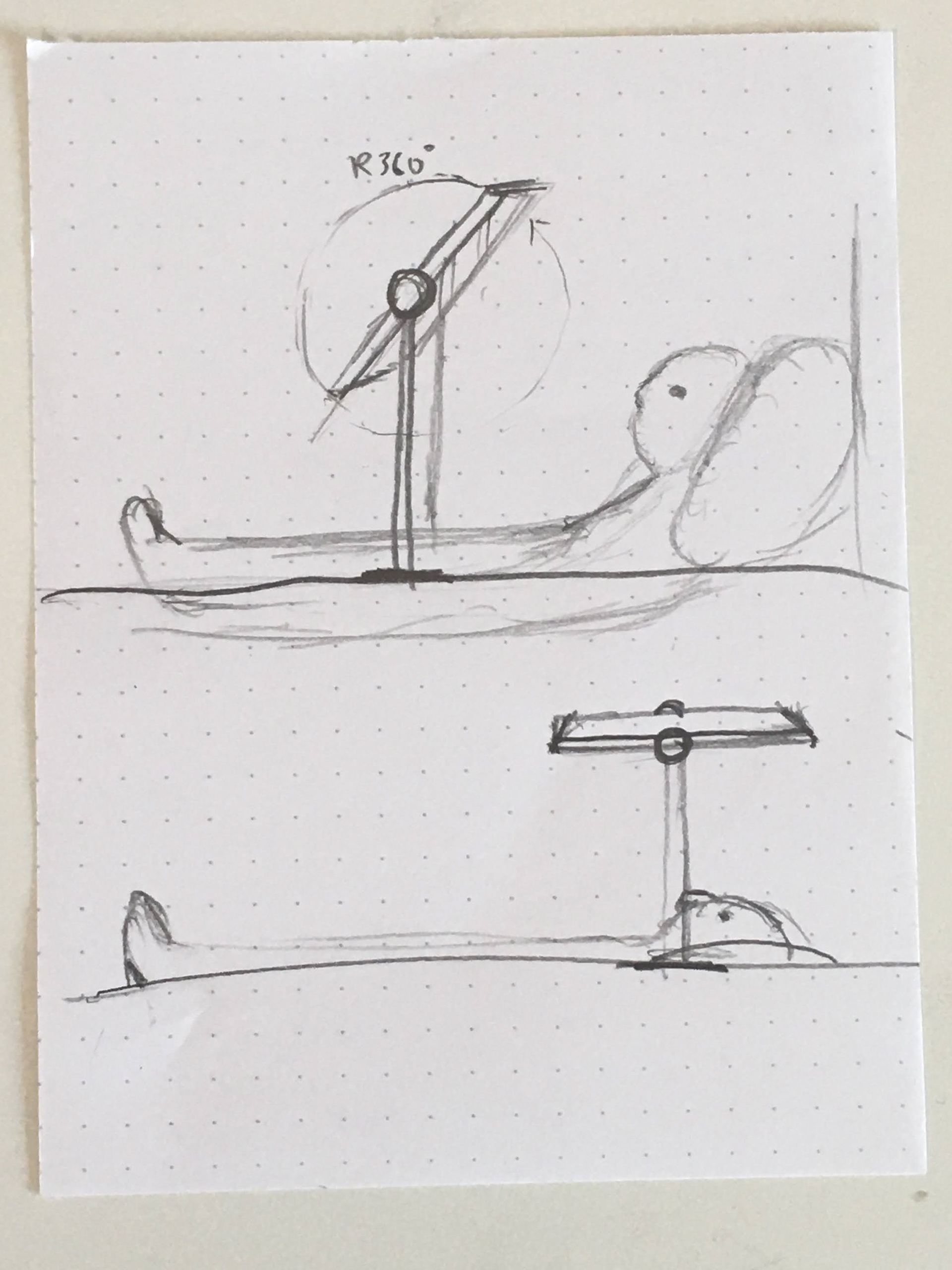
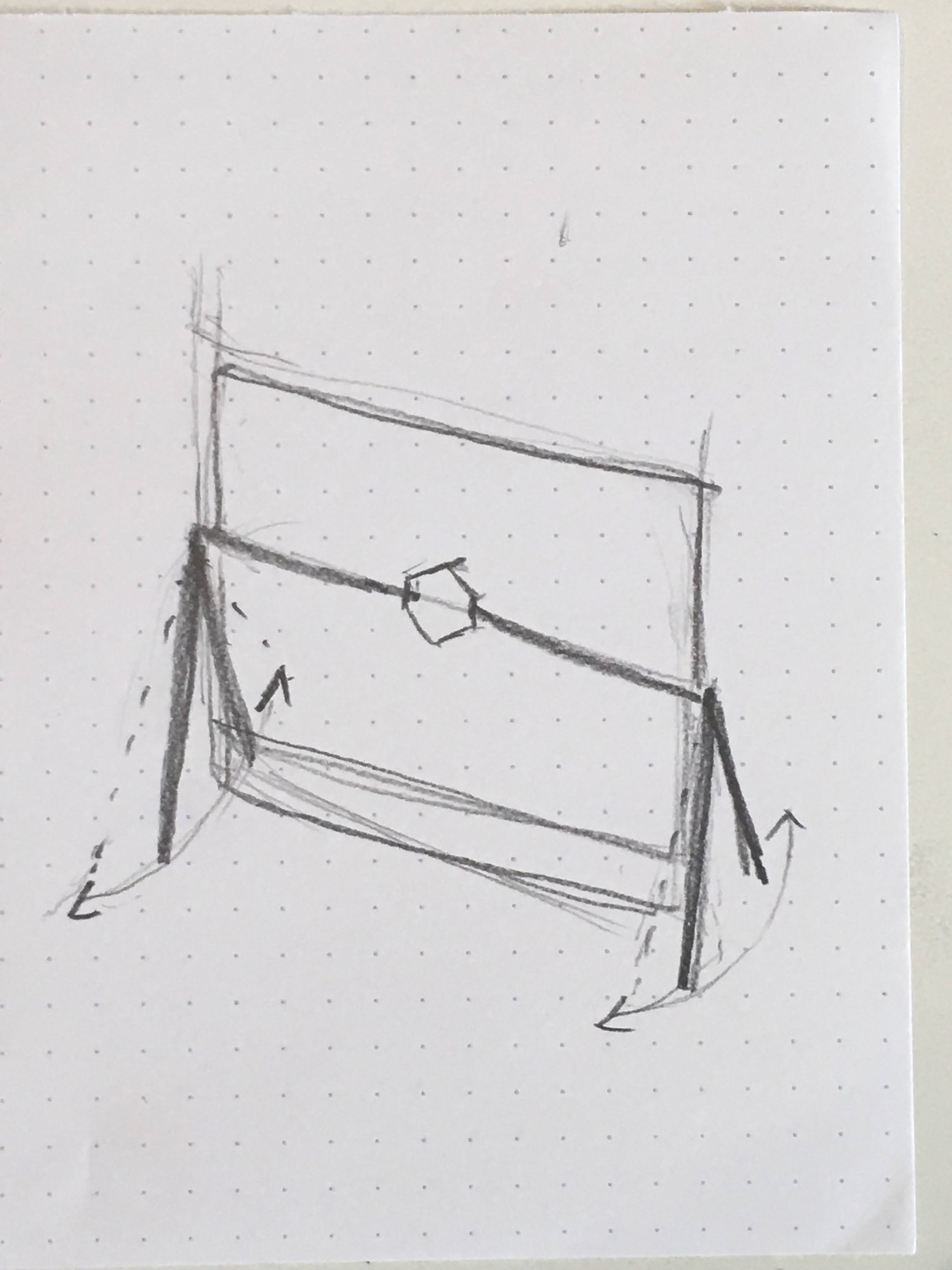
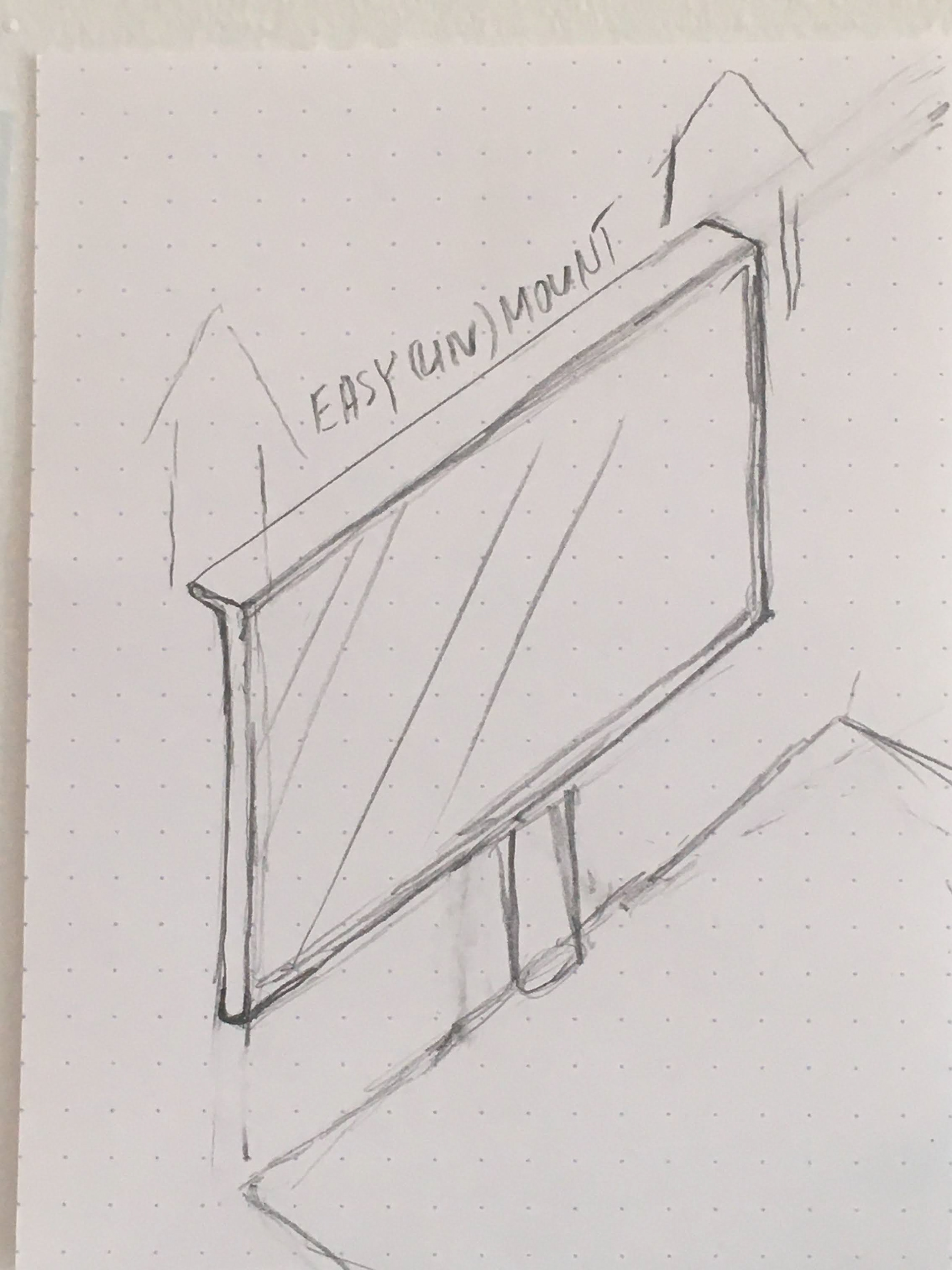

Adapting to the current device ecosystem ⇒ portability & connectivity.
Yoojin thinks that there is a need in considering the connectivity of monitors with laptops and smartphones, which became primary smart devices used at home. The team suggested the idea of full-size portable monitors which can expand the usability of monitors, especially in connection with mobile/portable devices.
The challenge - portability and large size are not very compatible terms, there is a need for additional testing whether full-sized monitors can actually be portable. An additional related problem is the usage of batteries, which will add additional weight to the device.
The challenge - portability and large size are not very compatible terms, there is a need for additional testing whether full-sized monitors can actually be portable. An additional related problem is the usage of batteries, which will add additional weight to the device.
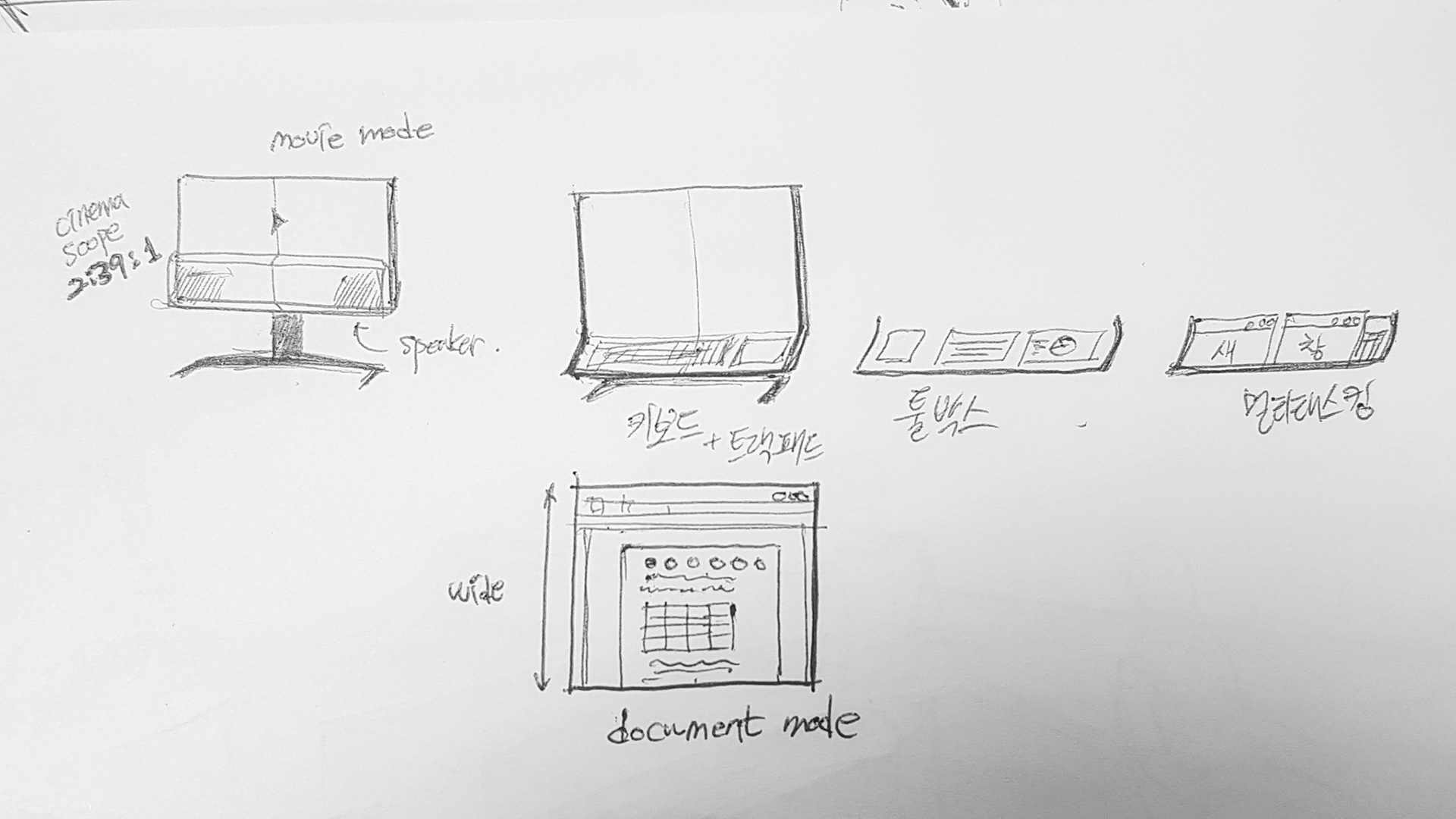

Productivity is King ⇒ touchable and flexible screen area
One of the main reasons for using dual screen is enhancing productivity and multitasking. The team came up with the idea of adding a partial touch functionality which can create new ways of interacting with a monitor. The difference from the present touch screen monitors/tablets is that just a part of the monitor will be bent for an optimal touch interaction while the rest of the monitor will maintain the best viewing angle.
The challenge - to make touch function the monitor should be easily moveable to adjust the distance with the user.
The challenge - to make touch function the monitor should be easily moveable to adjust the distance with the user.
Sketches

Flexible & Touch
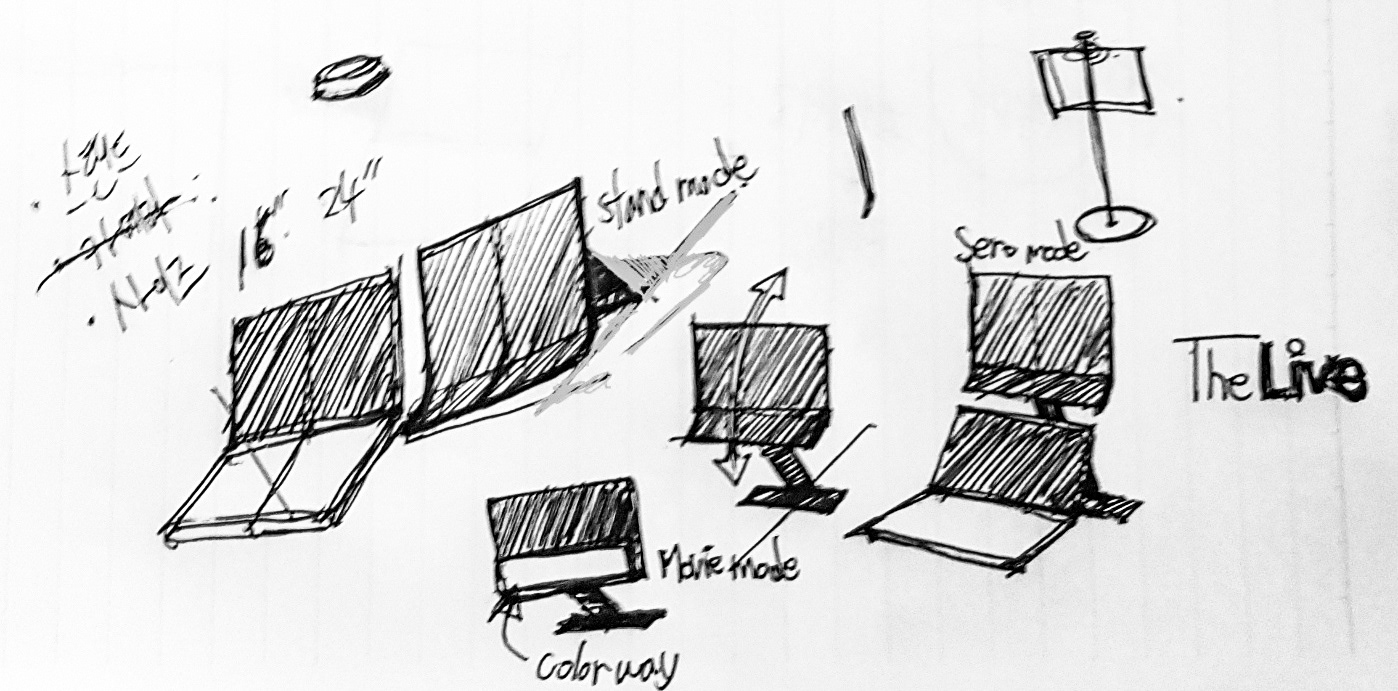
Flexible & Touch
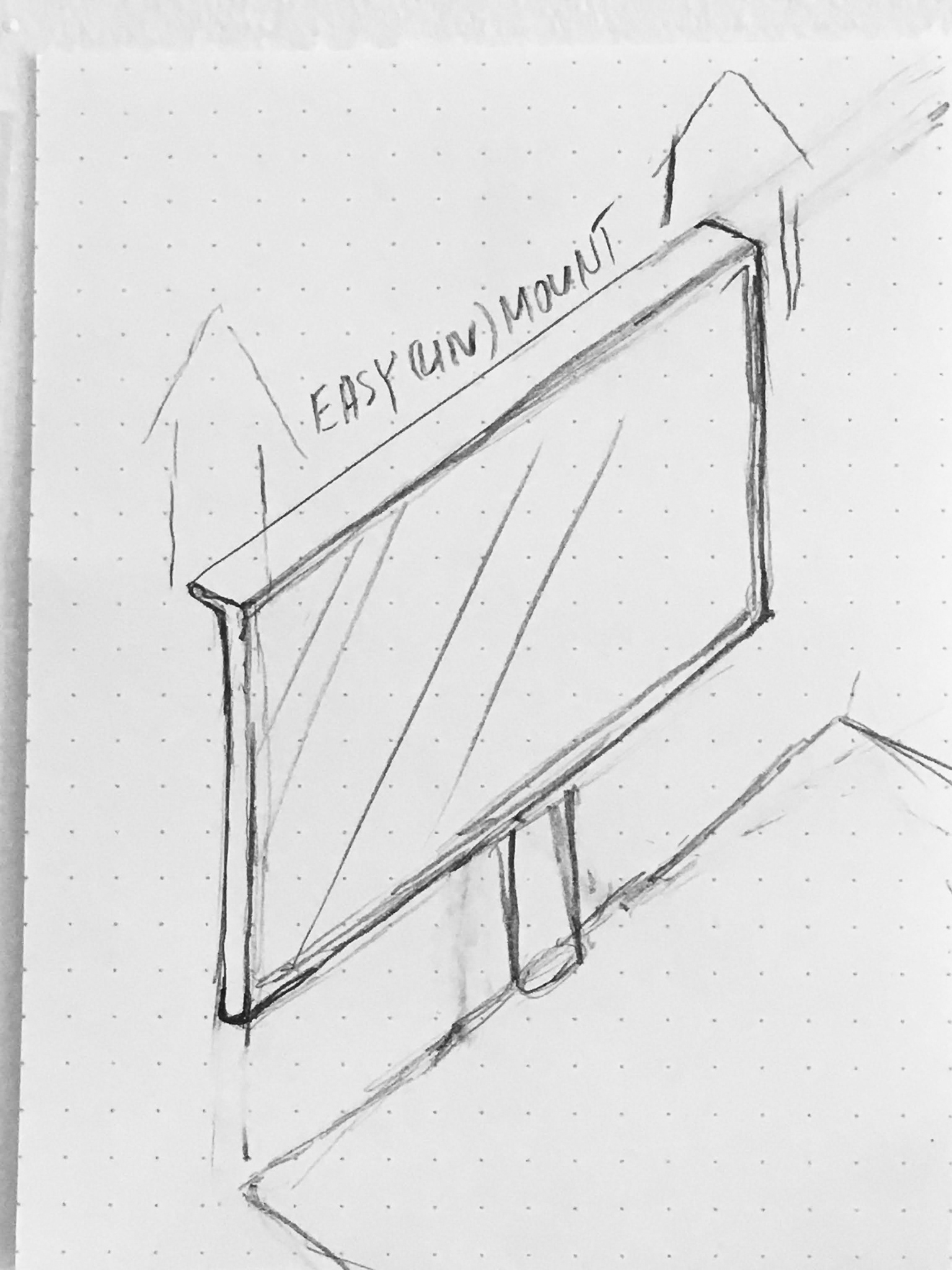
Portability

Portability
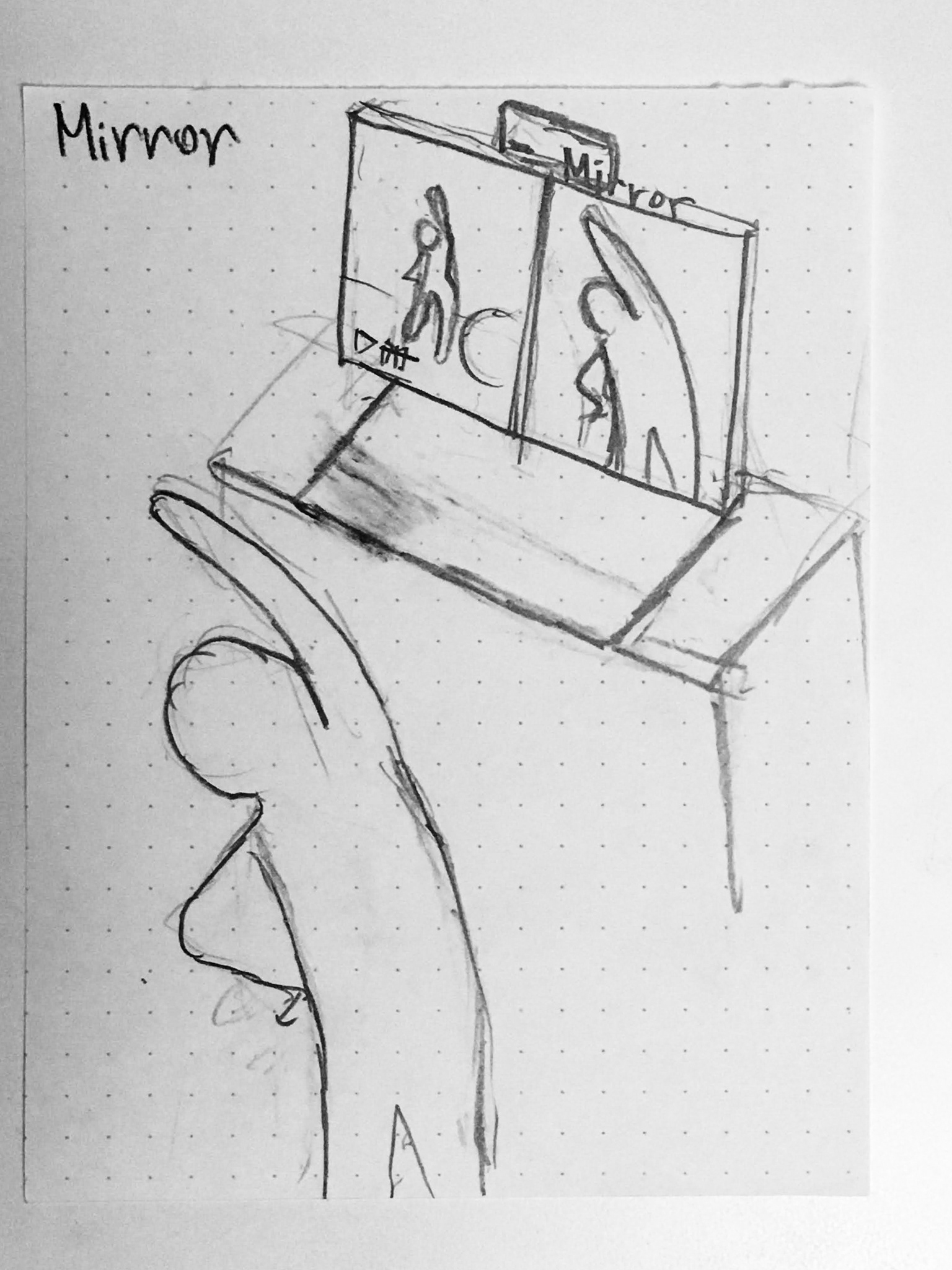
Connectivity
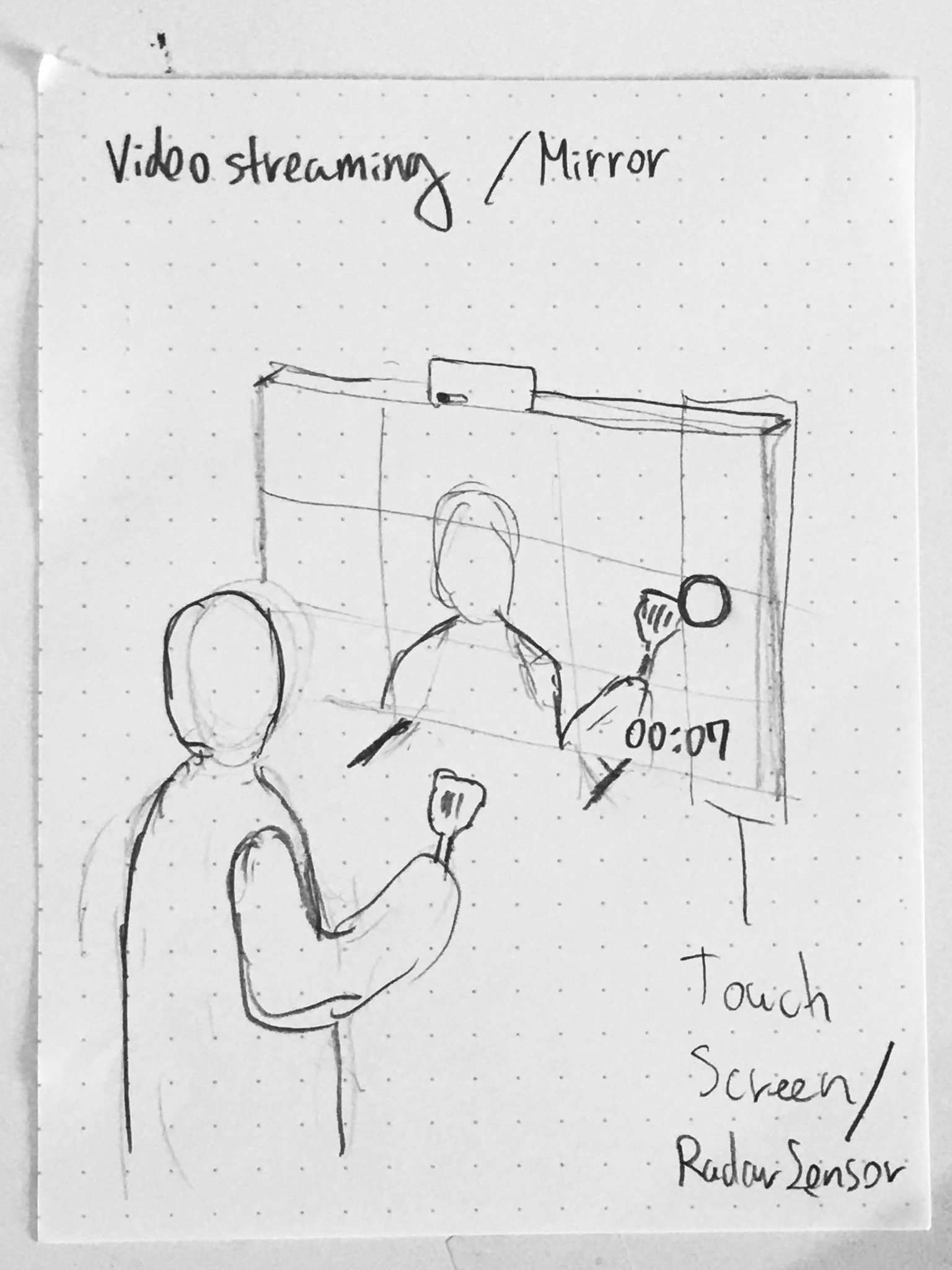
Connectivity
to be continued...
The second part of the case study will cover the implementation and the final design.


